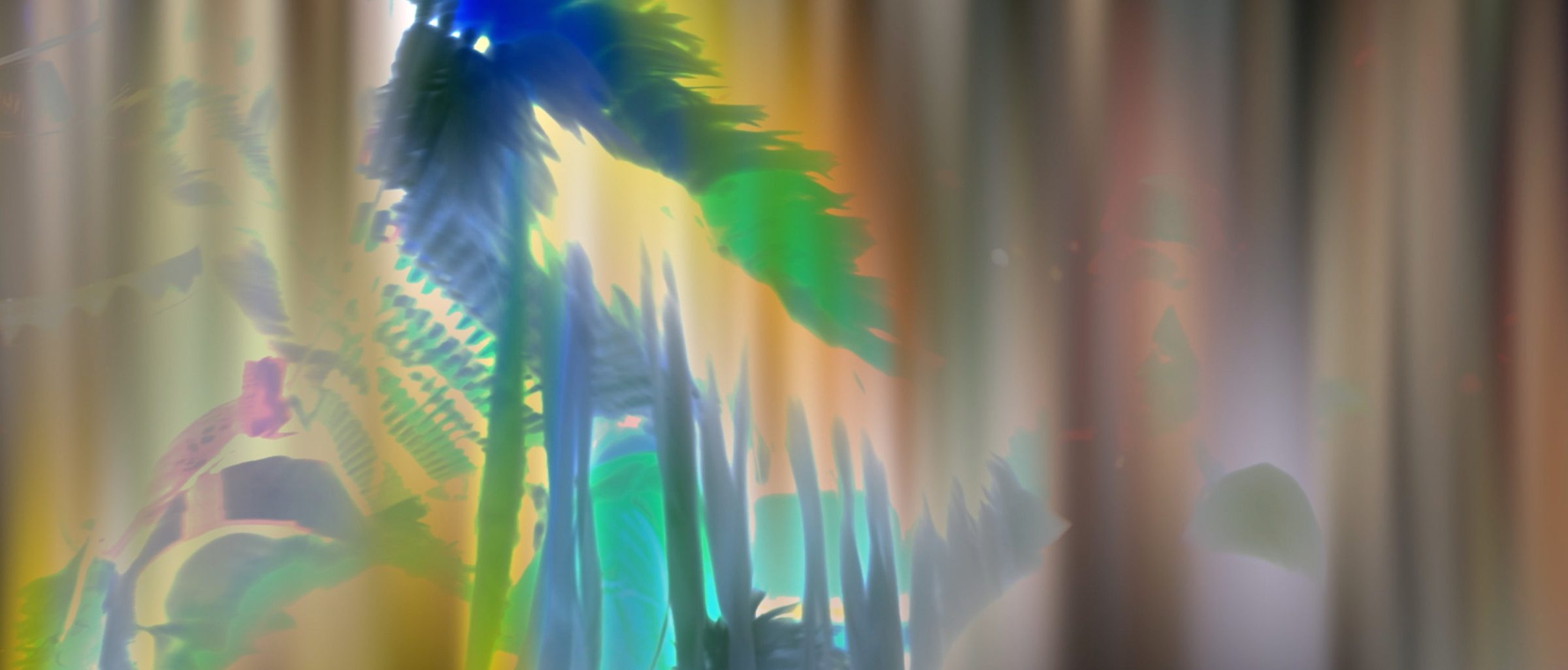Moving Image

The Walker’s Moving Image program explores a wide range of artist-driven moving image practices through screenings, residencies, and curated series.
The Walker’s Moving Image department fosters community through a wide range of artist-driven moving image practices. As one of just a few moving image programs in the country, it serves as a unique incubator for cinematic discovery and dialogue.
From familiar genres such as narrative and documentary film, to niche forays into experimental sound and installation art, the program plumbs the creative depths of the cinematic medium. It honors the historic underpinnings of moving image, while imagining the future of the form. Platforming emerging visionaries and established voices alike, the Moving Image program actively nurtures new, multidisciplinary approaches to moving image.
Through screenings, residencies, and curated series, the department spotlights the artists behind the camera: The Walker’s Dialogues and Retrospectives Series places leading moving image artists into conversation with influential cinematic thinkers. The annual summer Sound for Silents Series commissions new music paired with films from the Walker’s expansive Ruben/Bentson Moving Image Collection. The British Arrows Awards provide moviegoers an annual year-end tradition, while newer series like the Middle School Movie Club reflect the changing nature of culture and technology.
Prioritizing the cinema as a social space where publics convene to watch movies, the Walker’s Moving Image department celebrates the transformative possibilities of art and film.
Since its founding in 1940, the Walker Art Center has embraced all art forms. In keeping with the Walker’s focus on contemporary art, the first film screenings in 1948 under the generic heading New Movies included such pioneering works as Maya Deren’s Ritual in Transfigured Time (1946) and John and James Whitney’s Five Abstract Film Exercises (1943–1947). With these screenings, the presentation of moving images began, though the development of a full-fledged film program would take many years. In the 1950s, the Walker’s volunteer programming committee, the Center Arts Council, presented a variety of films, from established filmmakers such as Alfred Hitchcock and Billy Wilder to experimental filmmakers like Bruce Baillie and Ed Emshwiller.
In 1971, the Walker Art Center made a commitment to film by creating an auditorium in the new brick Barnes building. With a dedicated space on site and support from Edmund and Evelyn Raymond, the Walker formed the Film/Video department and began collecting films in 1973. Over the years the Walker has presented many filmmakers to speak about their work. In 1955, Maya Deren was one of the first when she spoke at the Women’s Club on her film The Very Eye of Nigh (1955). In the 1970s, many young filmmakers gave lectures, participated in film workshops, and screened their films at the Walker, including Yvonne Rainer, Bruce Conner, Stan Brakhage, and Chantal Akerman.
Continuing the tradition into the 1980s, the Walker presented historically groundbreaking films, such as Abel Gance’s Napoleon (1927) that included a rare appearance by the filmmaker. Other filmmakers who presented their works as part of the Visiting Filmmaker series included Jean-Luc Godard, William Klein, and Dusan Makavejev. This model of presentation, including a film retrospective and a discussion, turned into the ongoing series Dialogues, which formally began in 1990 with the films of Clint Eastwood and a conversation with the artist.
Expanding beyond film screenings, the Moving Image department has presented exhibitions of film, including Bordering on Fiction: Chantal Akerman’s D’est in 1995; it occupied two galleries, one with the film playing and the other with sections of the film on video monitors that visitors could walk through. Other film exhibitions included The Renegades: American Avant-Garde Films, 1960–1973,on view in2012 and Platforms: Collection and Commissions in 2018, featuring works by Leslie Thornton, Bruce Conner, Derek Jarman, Harun Farucki, and Hollis Frampton.
From its beginnings the cinema program has become vital to the museum and the community. With film screenings, dialogues, and exhibitions, the Moving Image department continues to champion contemporary films from around the world.
What is Moving Image?
Moving image is the contemporary art of time, light, and documentation. It includes film, video, animation, and hybrid works that challenge how we tell stories. From silent shorts to multiscreen installations, moving image artists use the language of cinema to explore everything from memory and identity to culture, history, and humor.
Read more

Upcoming screenings

Reassemblage in the Relational Film by Nadia Shihab

Maria Schneider, 1983 and Manal Issa, 2024 by Elisabeth Subrin



